-
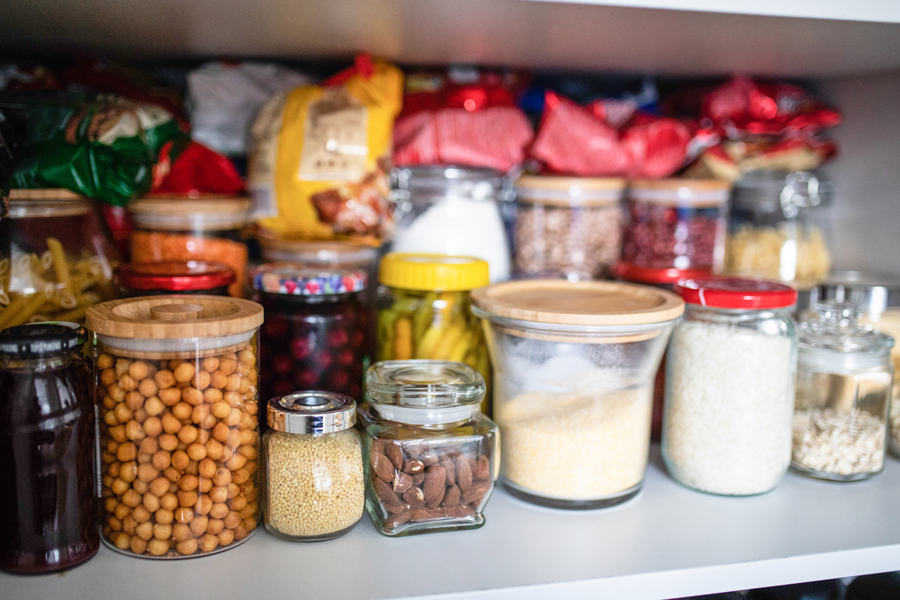
This publication provides practical guidance for individuals and families, covering essential aspects such as planning, selecting suitable containers, and maintaining stored foods during emergencies like natural disasters. The guide offers user-friendly tips on menu variety, food safety, and non-food supplies, ensuring a holistic approach to disaster readiness.
|
-

AP 124-4
2024 Georgia Cotton Production Guide
The 2024 edition of the cotton production guide provides an in-depth look at cotton production in Georgia and the Southeastern U.S. Issues discussed include economic outlook, fertility, weed management, insect management, disease and nematode management, irrigation decisions, precision ag technology, and general agronomics of the cotton crop (varieties, PGR applications,…|
-
 2022 plant disease losses, including control costs, amounted to an estimated $933 million. The value of the crops used in this estimate was approximately $8200 million, resulting in a 11.4% relative disease loss across all crops included in this summary. The estimated values for most crops used to compute these…
2022 plant disease losses, including control costs, amounted to an estimated $933 million. The value of the crops used in this estimate was approximately $8200 million, resulting in a 11.4% relative disease loss across all crops included in this summary. The estimated values for most crops used to compute these…|
-
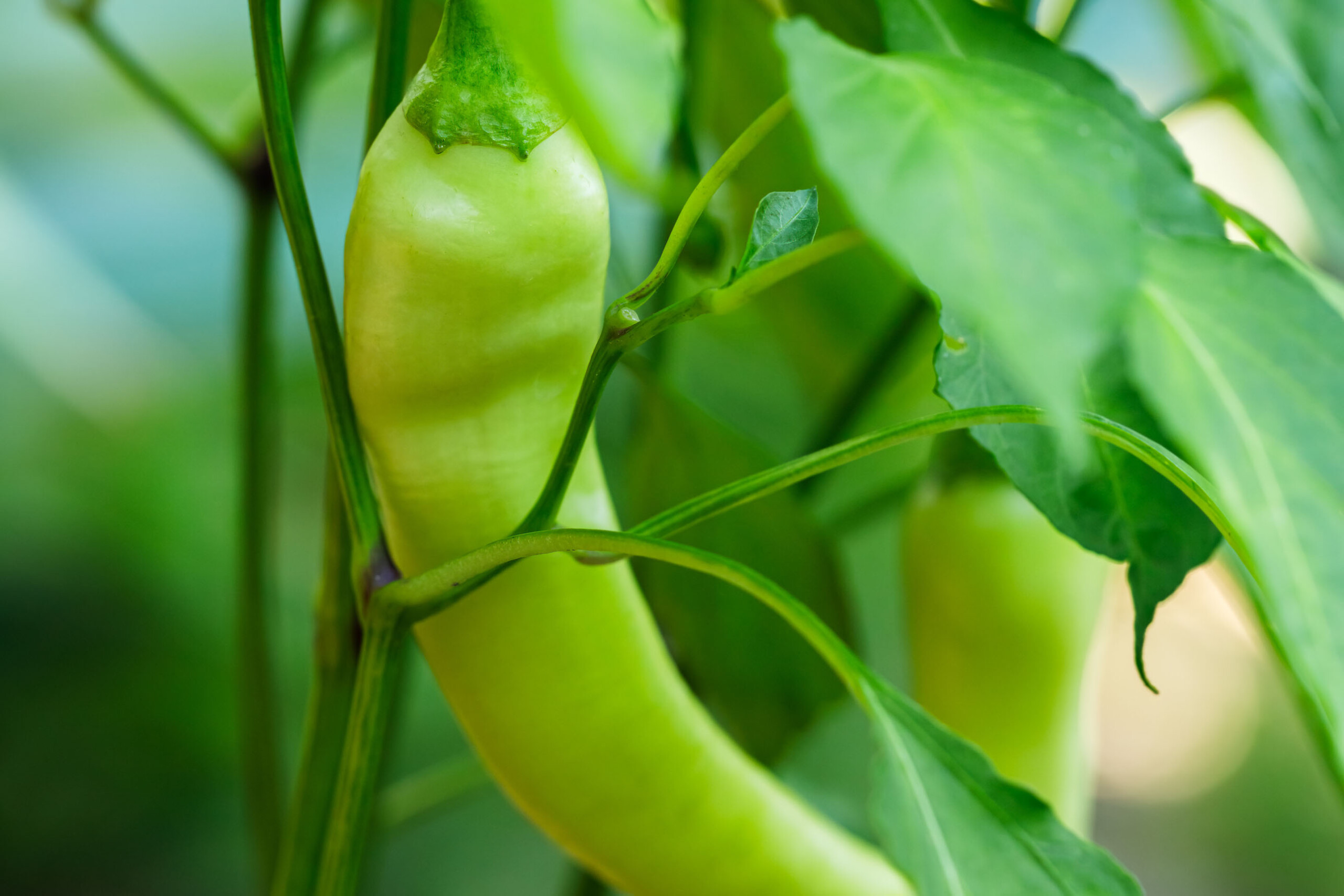
This publication discusses heirloom vegetable choices and some of the common issues that growers may encounter when growing heirloom vegetables in a home garden setting. Additional author: Whitney Richardson, University of Georgia Center for Urban Agriculture, with technical assistance from Makenzie English, University of Georgia Department of Horticulture Program Assistant.
|
-
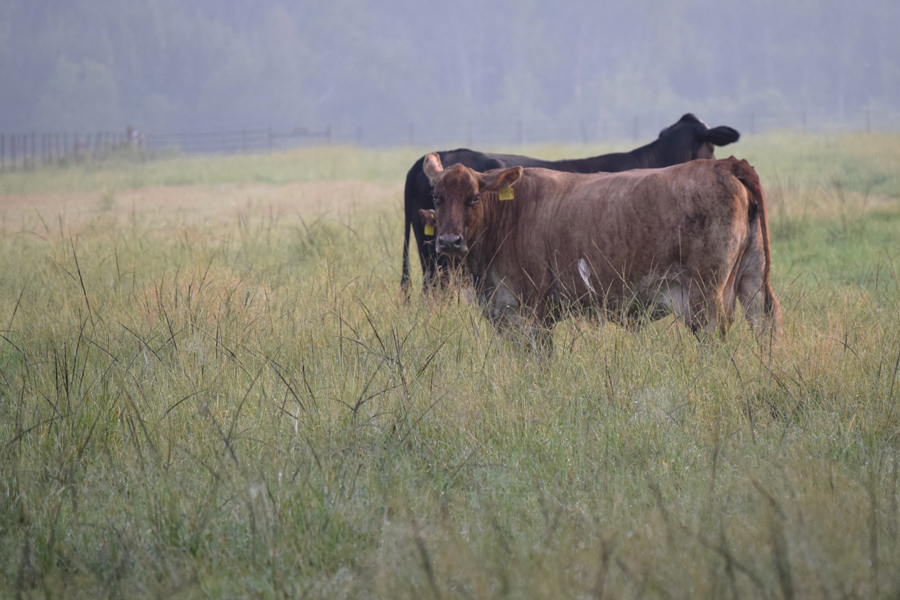 A good grazing management plan is essential to producer success for any grazing livestock production system. One of the keys to building a grazing management plan is to have a good understanding of the stocking rate on your farm and how this relates to forage availability. Stocking rate is a…
A good grazing management plan is essential to producer success for any grazing livestock production system. One of the keys to building a grazing management plan is to have a good understanding of the stocking rate on your farm and how this relates to forage availability. Stocking rate is a…|
-
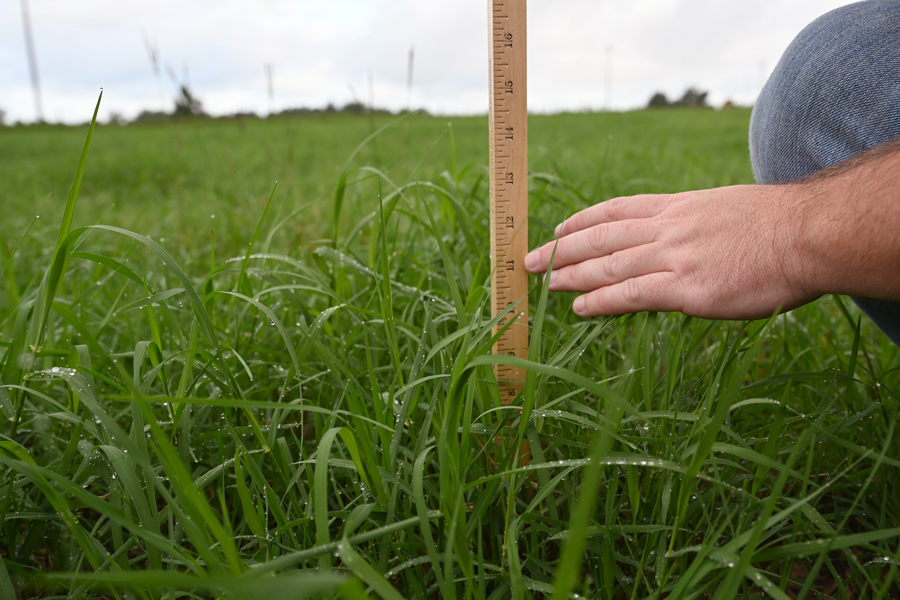
B 1567
How to Use a Grazing Stick
Grazing management requires accurate estimates of forage availability to adjust forage supply to meet animal needs. However, incorrect forage availability estimates can negatively impact important grazing-management decisions such as stocking rate and grazing time. Visually estimating pasture yield is inexpensive and fast, but untrained persons can give biased and unreliable…|
-
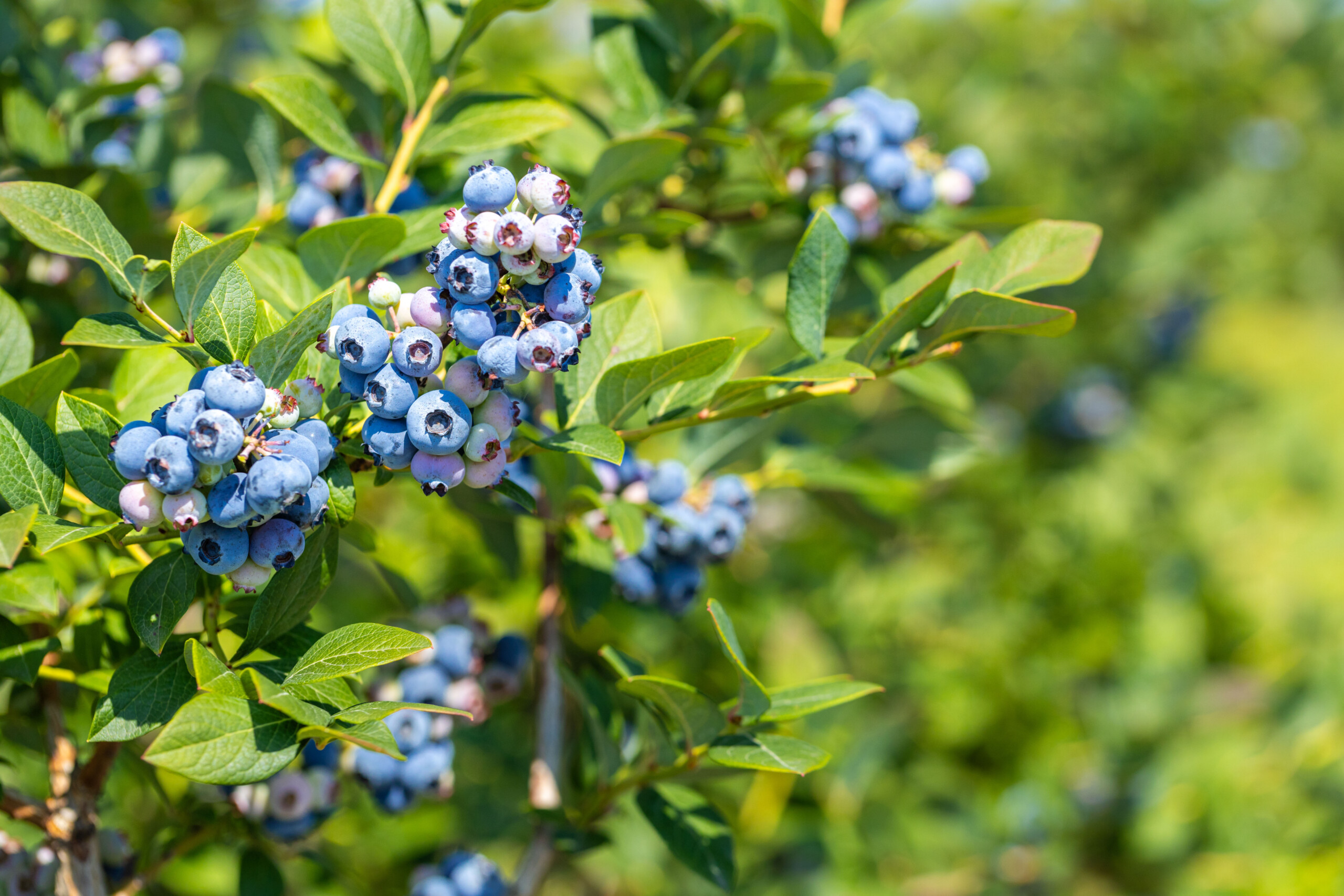 This publication provides updated (2024) Southeast-specific information on approved National Organic Program (NOP) disease and pest management options for blueberry production and addresses the issues most commonly encountered under the unique growing conditions of the Southeast U.S. This publication is not intended to provide all details on organic blueberry production,…
This publication provides updated (2024) Southeast-specific information on approved National Organic Program (NOP) disease and pest management options for blueberry production and addresses the issues most commonly encountered under the unique growing conditions of the Southeast U.S. This publication is not intended to provide all details on organic blueberry production,…|
-
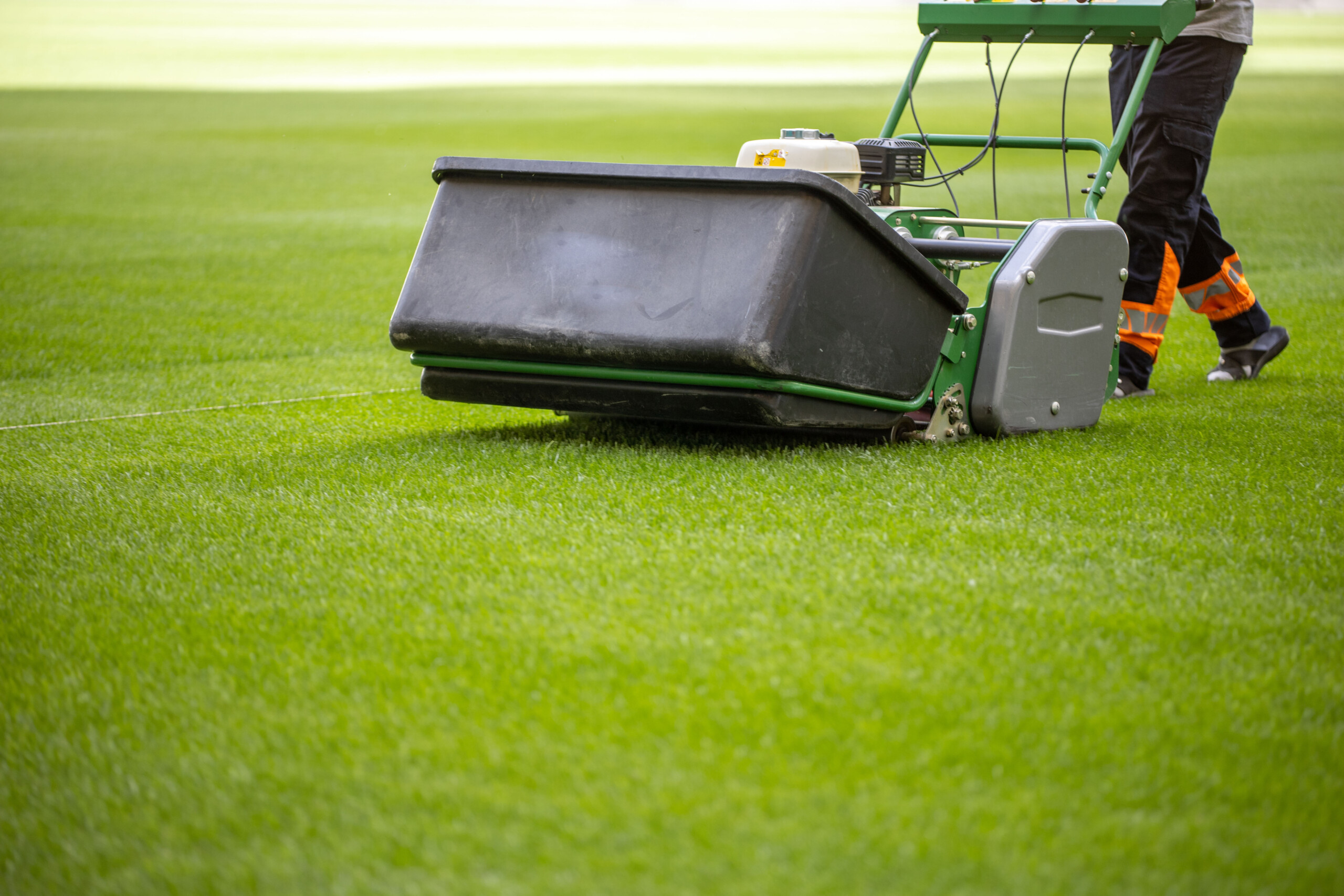 This biennial publication contains the proceedings of the turfgrass field day carried out at the UGA Griffin campus every other year. The guide provides professionals with continuous, real-time access to the latest up-to-date information about turfgrass research studies, products, and turfgrass Extension activities, programs, and outreach. Topics will include, but…
This biennial publication contains the proceedings of the turfgrass field day carried out at the UGA Griffin campus every other year. The guide provides professionals with continuous, real-time access to the latest up-to-date information about turfgrass research studies, products, and turfgrass Extension activities, programs, and outreach. Topics will include, but…|